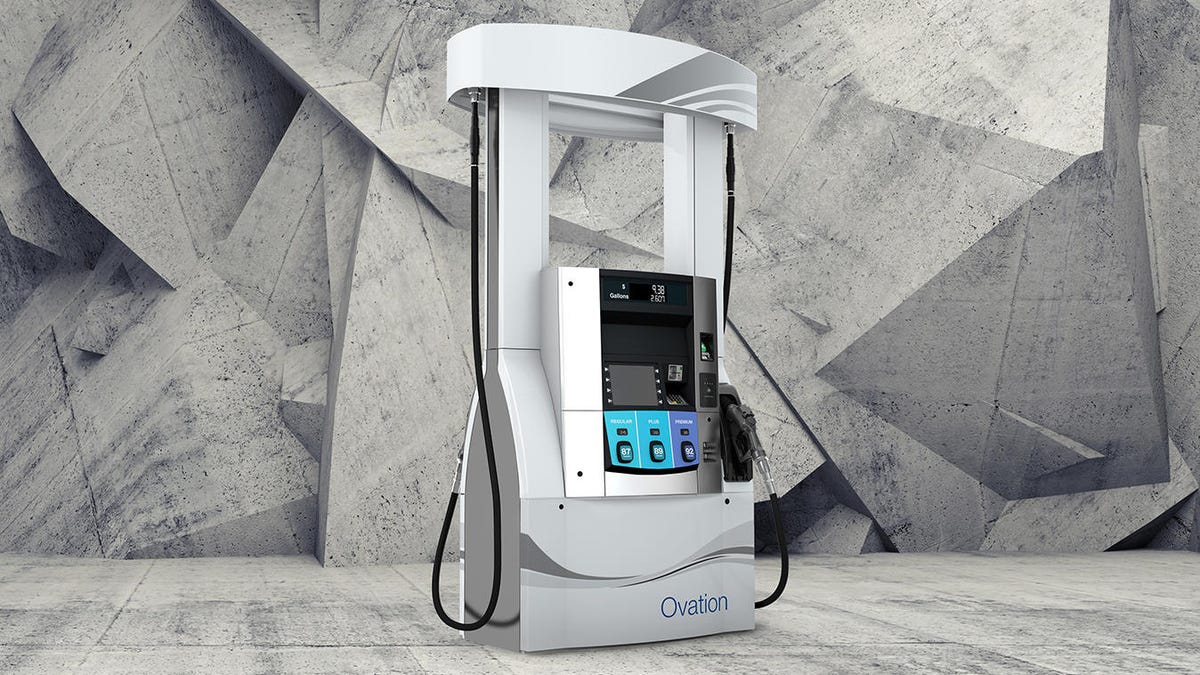Why do we even have midgrade gas?
Between regular and premium lies a lonely thing called midgrade. Who needs it?

You encounter three grades of gas at the pump, one of which probably makes you scratch your head: Midgrade, typically 89 octane. Very few cars actually call for it, almost certainly not yours among the 10 for 2018 that specify it as their diet.
Sales at the pump reflect that, with 83 percent of gallons we buy coming from the lowest grade, 10 percent from premium and just seven percent from the midgrade button.
What sales of midgrade there are probably come mostly from regular-grade customers thinking they are doing their car a favor, coaxing a little more power from it or making it last longer. All generally false. In fact, using a higher octane fuel than your car calls for won't increase its power or efficiency, though you will sacrifice some power and efficiency if you use a lower octane than it was designed for, which could harm its long-term durability.
Recently, GM, Ford and Fiat Chrysler all started lobbying for a single, higher octane fuel at US pumps -- 95 percent octane -- so that they and other carmakers can further develop smaller, more efficient, high-strung engines that require such fuel to keep from self-destructing. Consumer groups complain that we'll get soaked for a fuel that can run 50 cents more per gallon than regular; automakers say that we'll earn it back in higher fuel efficiency, suggesting they can deliver at least a 20 percent improvement in MPG to match the cost delta.
Refiners might pass along savings from having a simpler line of grades to refine, truck and market (yeah, right), but the number of older cars on the road would seem to require multiple grades for decades.
If you're confused about the concept of fuel octane in general, see this video that explains it and debunks myths that can cost you money.
As the prospect of mandatory premium gas winds its way through consideration, know what your car actually needs today: The owner's manual will spell it out, and there is likely a label on your gas door as well. A few cars offer two choices: A suggested and a required grade, in which case I recommend the higher grade for optimal power and MPG. But in no case should you buy a higher grade than your car's documentation makes any mention of.

